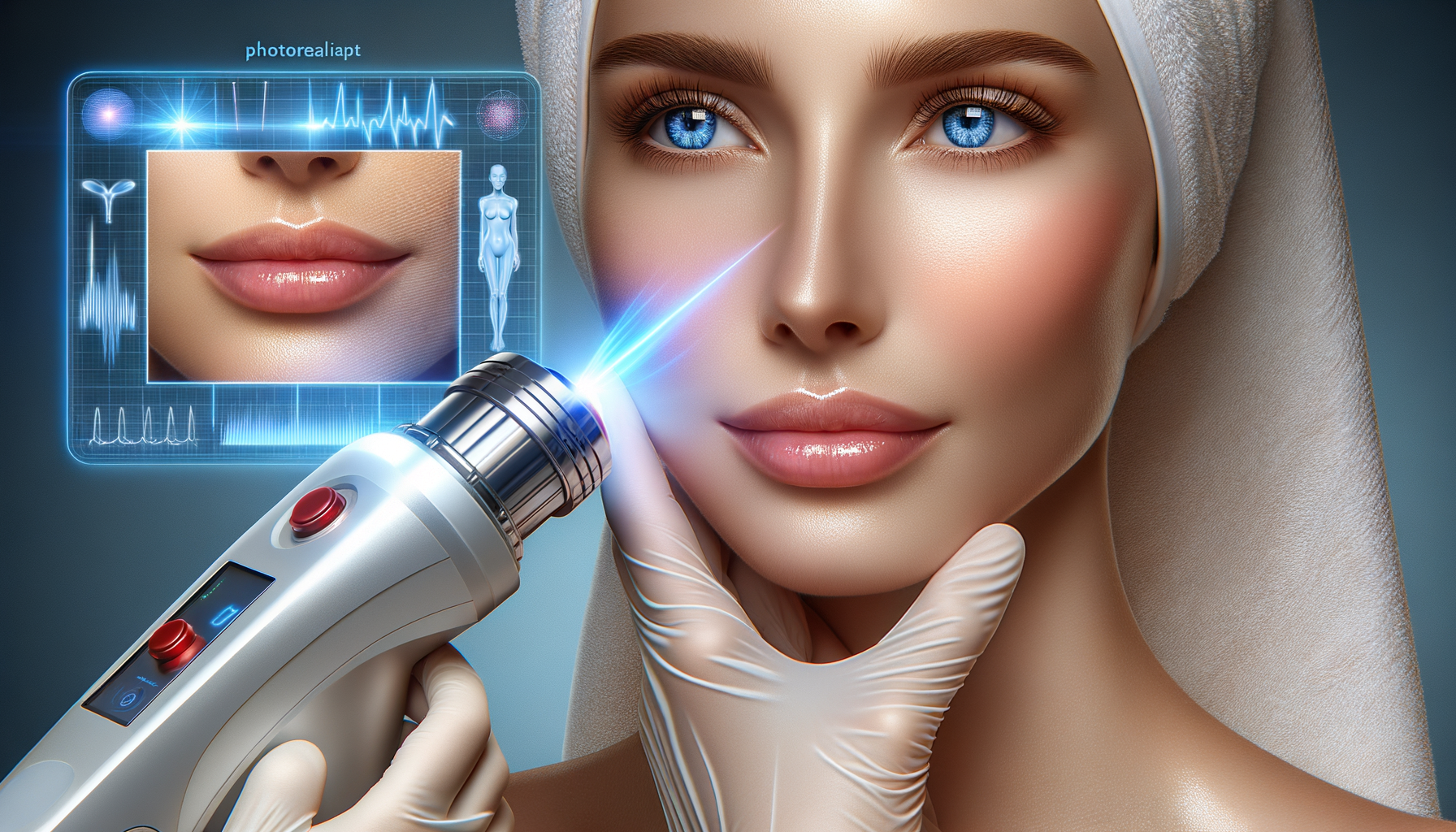Exploring Laser Skin Treatment: A Path to Radiant Skin
Laser skin treatment offers a modern solution for various skin concerns, enhancing both appearance and confidence.

Understanding Laser Skin Treatment
Laser skin treatment has emerged as a popular cosmetic procedure that utilizes concentrated light beams to address various skin issues. The treatment is designed to improve the skin’s appearance by targeting specific areas with precision. It works by removing layers of skin or stimulating the production of collagen, which is essential for maintaining skin elasticity and firmness.
There are several types of laser treatments, each serving different purposes. Some common types include:
- Ablative Lasers: These remove the outer layers of damaged skin, making them effective for treating wrinkles, scars, and warts.
- Non-Ablative Lasers: These work beneath the surface of the skin, promoting collagen growth and tightening the skin without damaging the outer layers.
- Fractional Lasers: These target only a fraction of the skin at a time, leaving surrounding areas intact, which aids in faster recovery.
Laser skin treatment is known for its precision, making it a preferred choice for those looking to treat specific skin concerns without affecting the surrounding skin. However, the effectiveness and suitability of the treatment can vary based on skin type, the specific condition being treated, and the type of laser used.
Benefits of Laser Skin Treatment
One of the primary benefits of laser skin treatment is its ability to address a wide range of skin issues. Whether you’re dealing with acne scars, sun damage, or age spots, laser treatments can provide significant improvements. The procedure is also known for its ability to reduce fine lines and wrinkles, giving the skin a more youthful appearance.
Some of the key benefits include:
- Precision: Lasers can precisely target problem areas, minimizing damage to surrounding tissues.
- Minimal Downtime: Compared to surgical procedures, laser treatments typically require less recovery time.
- Versatility: Laser treatments can be customized to address an individual’s specific skin concerns.
Moreover, laser treatments can stimulate the production of collagen, a vital protein that keeps the skin firm and smooth. This makes it an effective anti-aging solution, helping to restore the skin’s natural glow and elasticity.
Considerations Before Undergoing Treatment
Before deciding on laser skin treatment, it’s important to consider several factors to ensure the procedure aligns with your skin goals and health conditions. Consulting with a qualified dermatologist or cosmetic surgeon is crucial, as they can assess your skin type, discuss your expectations, and determine the most suitable laser treatment.
Some considerations include:
- Skin Type and Tone: Different lasers are designed for specific skin types and tones. Certain lasers may not be suitable for darker skin tones due to the risk of pigmentation changes.
- Medical History: Inform your doctor about any medical conditions or medications, as these can affect the treatment’s outcome.
- Potential Side Effects: While laser treatments are generally safe, they can cause temporary redness, swelling, or changes in skin color.
Understanding these factors can help set realistic expectations and ensure a safe and effective treatment experience.
Post-Treatment Care and Recovery
After undergoing laser skin treatment, proper aftercare is essential to achieve optimal results and minimize potential side effects. The recovery process varies depending on the type of laser used and the individual’s skin type. Generally, patients can expect some redness and swelling, which typically subside within a few days.
Post-treatment care tips include:
- Sun Protection: The treated skin is more sensitive to sunlight. Applying a broad-spectrum sunscreen is crucial to protect the skin and prevent pigmentation changes.
- Avoid Harsh Products: Use gentle cleansers and avoid products containing alcohol or fragrances that can irritate the skin.
- Moisturize: Keeping the skin hydrated aids in the healing process and prevents dryness.
Following these guidelines can help enhance the results of the treatment and maintain the skin’s improved appearance.
Comparing Laser Skin Treatment with Other Options
When considering skin rejuvenation options, it’s essential to compare laser treatments with other available methods to determine the best fit for your needs. Alternatives such as chemical peels, microdermabrasion, and dermal fillers offer different benefits and may be more suitable for certain skin concerns.
Here’s a comparison:
- Chemical Peels: These involve applying a chemical solution to exfoliate the skin. While effective for surface-level concerns, they may not penetrate as deeply as lasers.
- Microdermabrasion: This technique uses a device to exfoliate the skin’s surface. It’s less invasive but may require multiple sessions for noticeable results.
- Dermal Fillers: These are injections used to fill in wrinkles and add volume. They provide immediate results but are temporary and require regular maintenance.
Laser treatments stand out for their ability to address deeper skin issues and stimulate collagen production, offering long-term benefits. However, the choice between these options should be based on individual skin needs, desired outcomes, and professional advice.